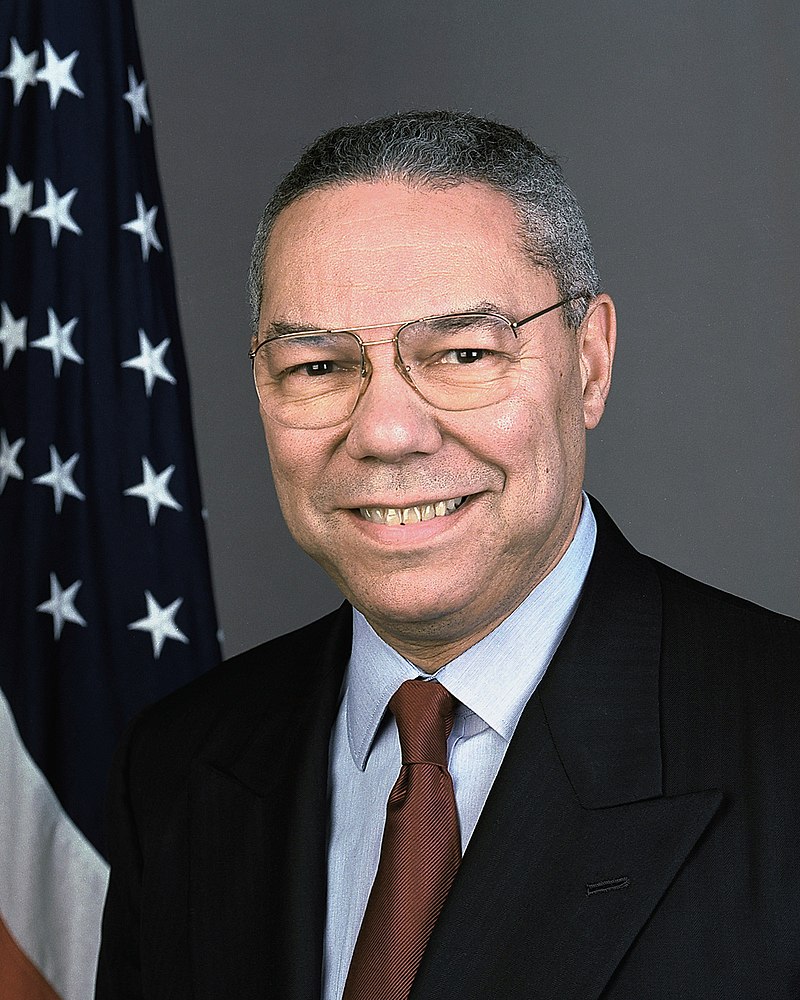Busy is a choice. Stress is a choice. Joy is a choice. Choose well.
— Ann Voskamp
It’s that time of year when pending goals and projects targeted for completion are looming overhead. It’s also the time for vacations, families, friends, and holiday traditions. This often creates joy as well as stress.
Are you in tune with both? Do you have a sense of how your team, colleagues, and even family members are feeling?
We believe most would share that 2021 was a better year than 2020, but it continues to have its challenges with seemingly never-ending health risks, job security, and a questionable economy.
Don’t disregard behaviors that may be “off”. Having a blend of emotions as the year-end approaches is to be expected, but how is it being managed? How are you managing it?
As a leader start by assessing if you have spent a sufficient amount of time acknowledging accomplishments and contributions of team members. It’s a great time for a team luncheon or an after-work event (this can be done in person or virtually). During this time focus only on the positive (use team meetings or one on one sessions to address missed goals, gaps, and development needs).
Be genuine about what is deserving of recognition. Hopefully every team member has added value in at least one way – celebrate and share it! Consider applauding individuals for their contributions to the team. Some examples are:
- Technical savvy
- Influence
- Mentorship
- Inclusiveness
- Approachability
- Analysis
- Creativity
- Humor
- Steadiness
Too often time flies by and we neglect to let others know how and why we value them. Understand that others may be feeling stress and make the time to share some joy.
Joy is increased by spreading it to others.
—Robert Murray McCheyne












